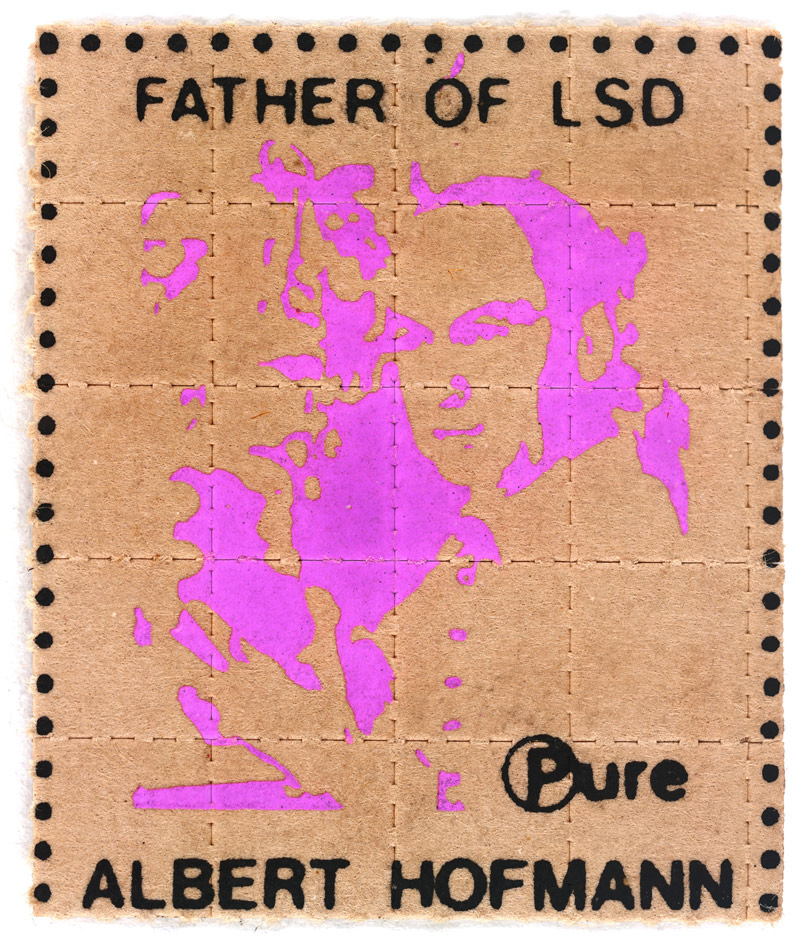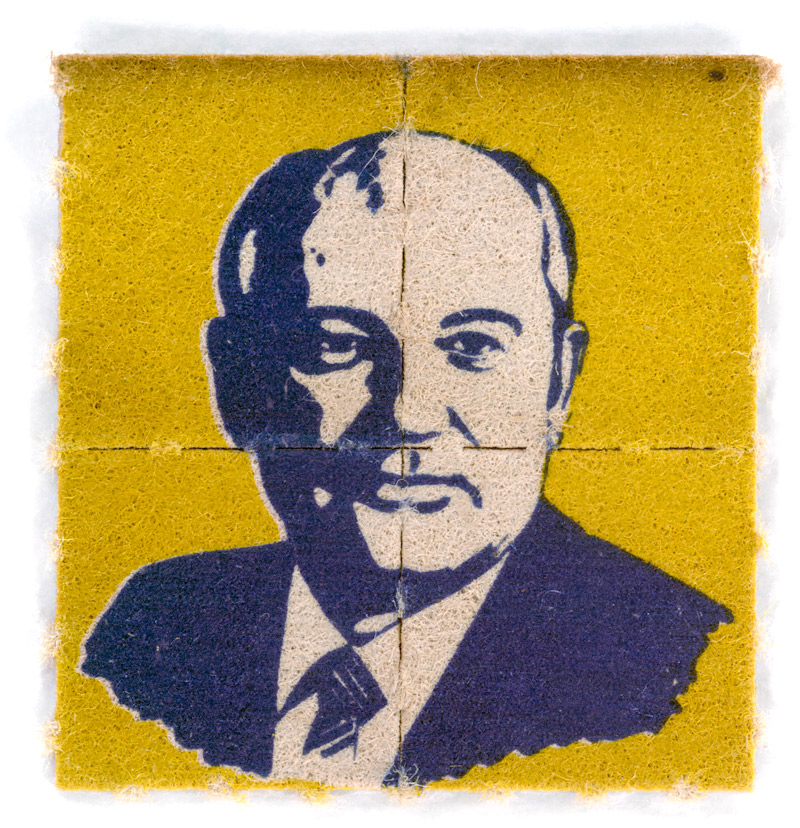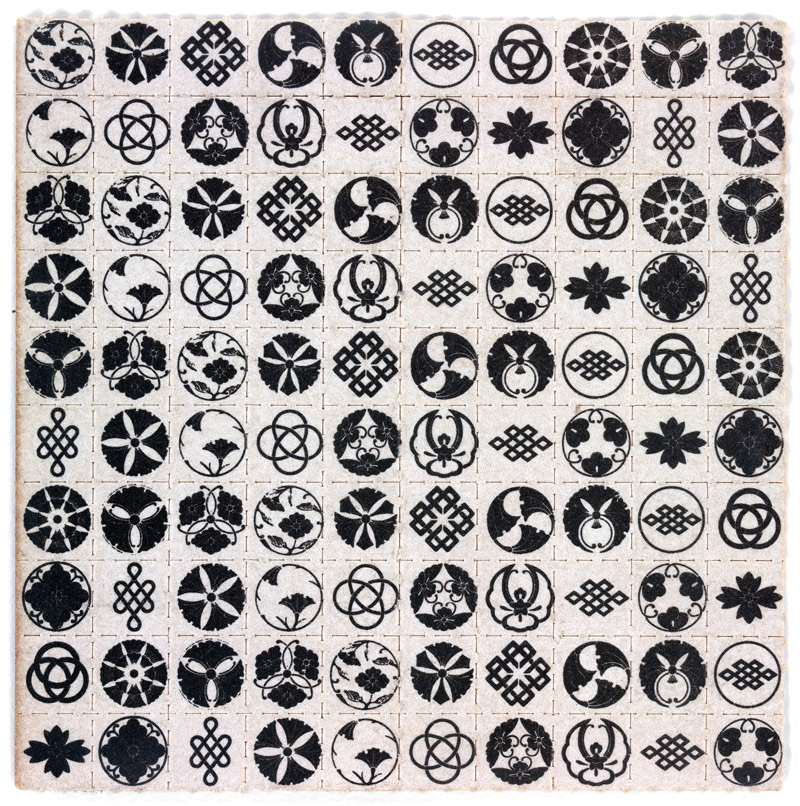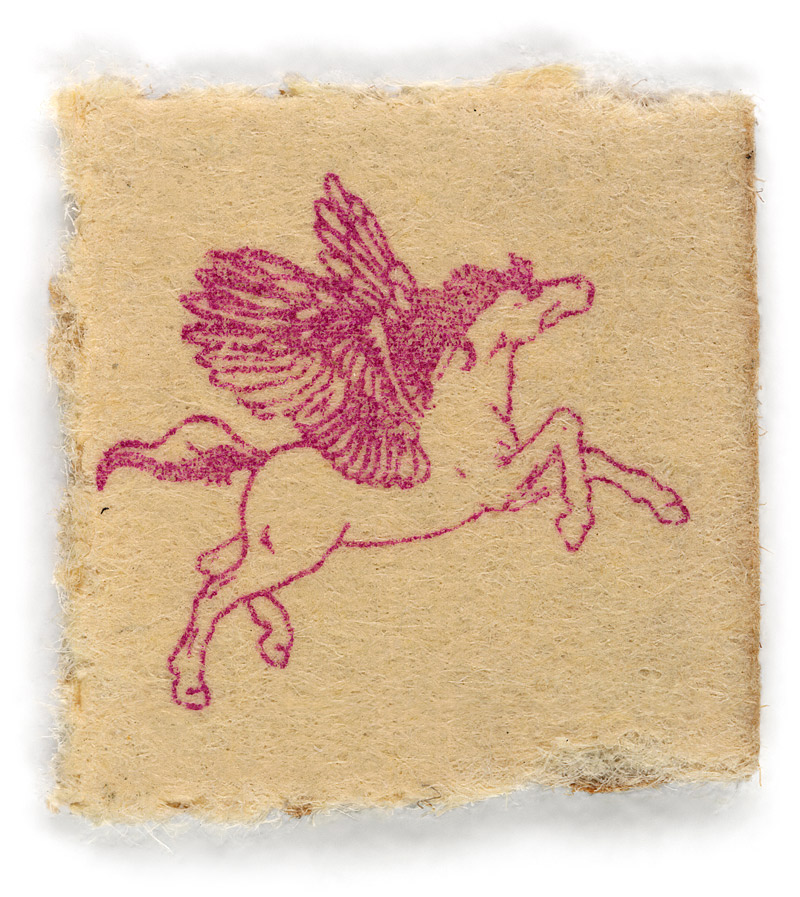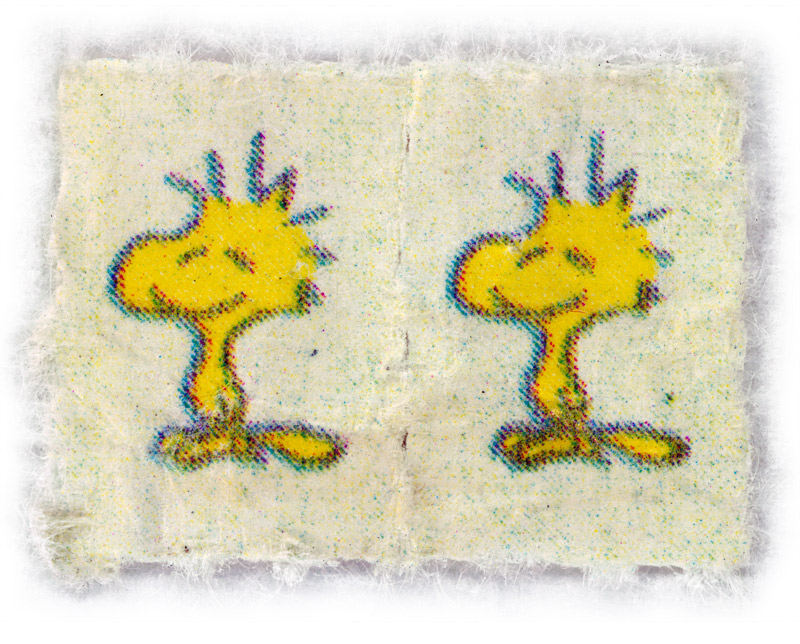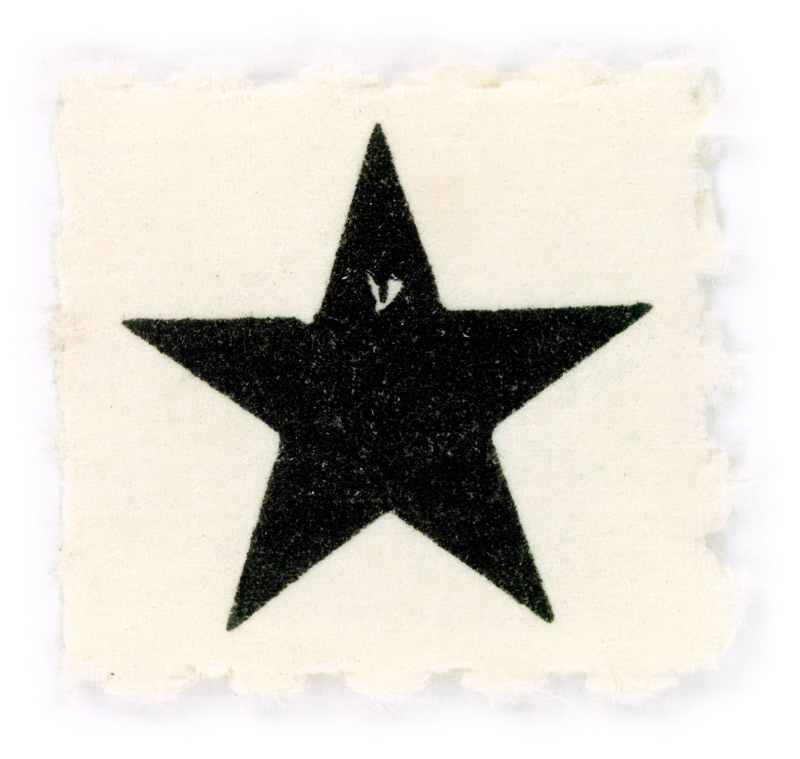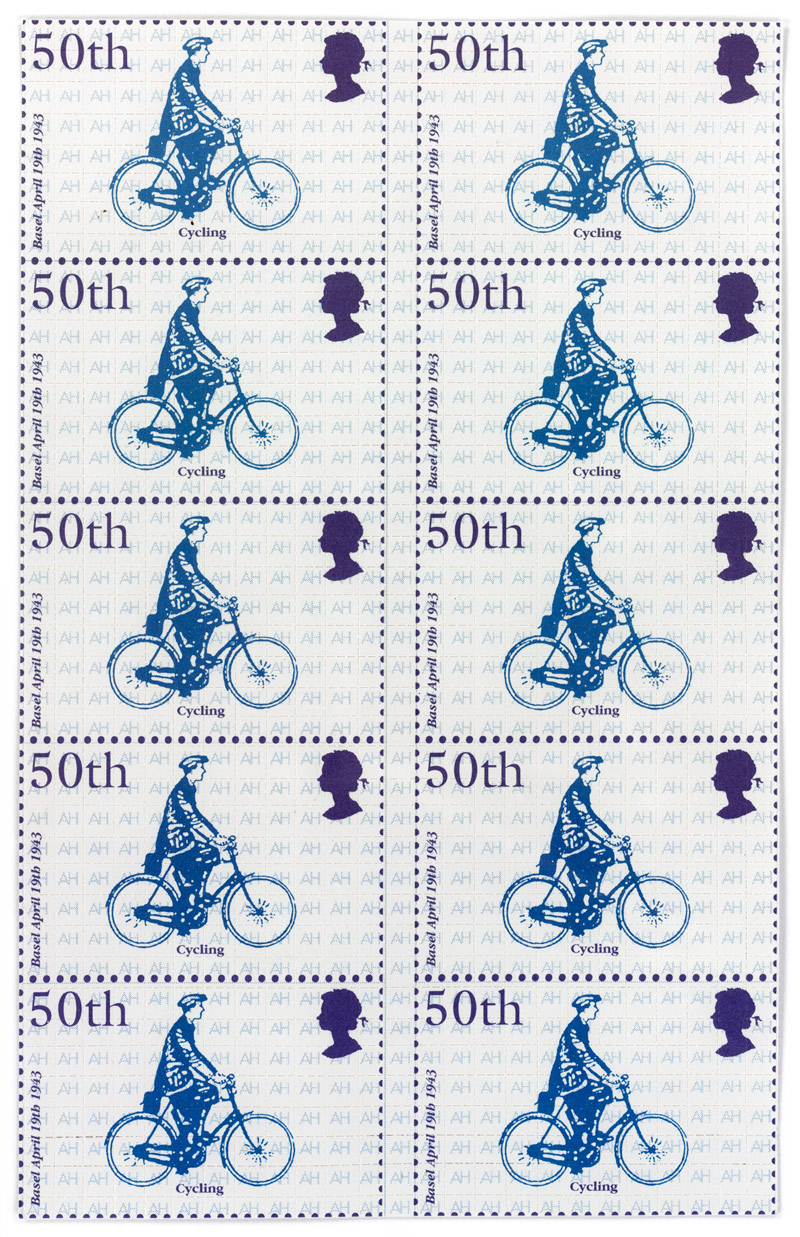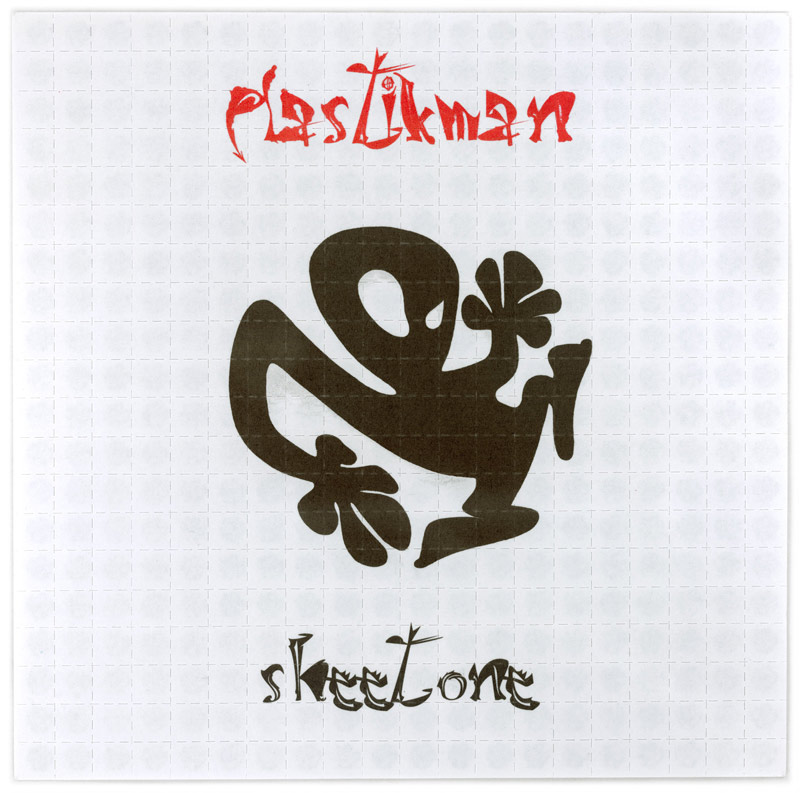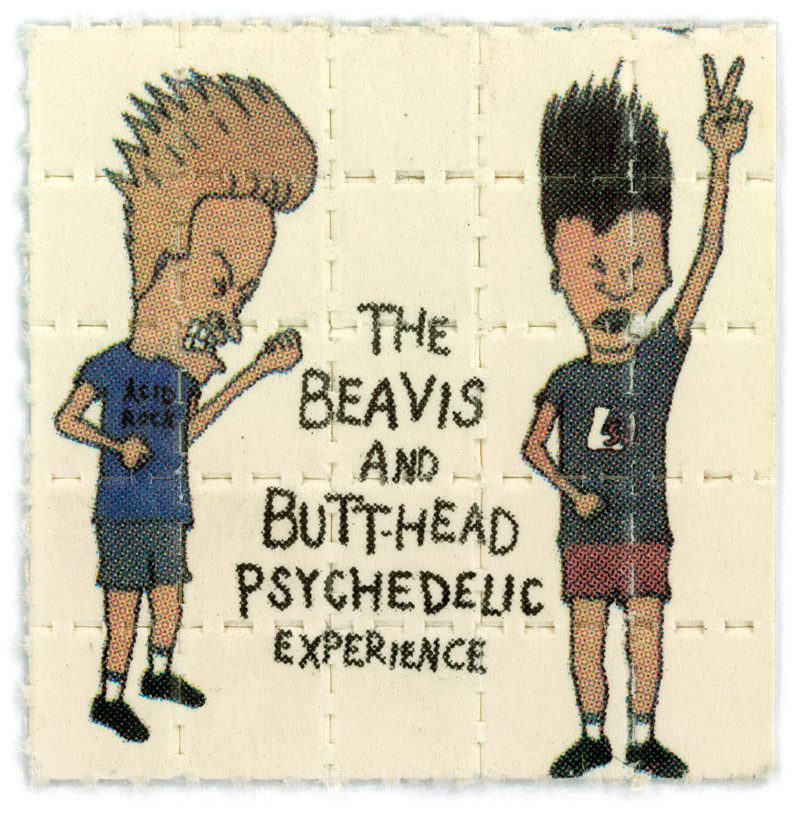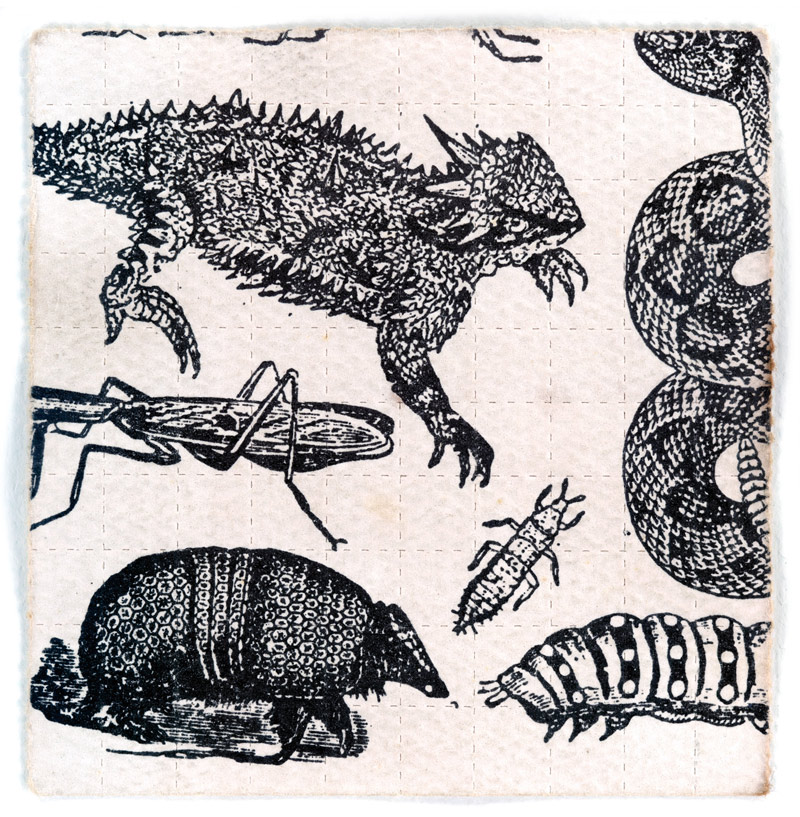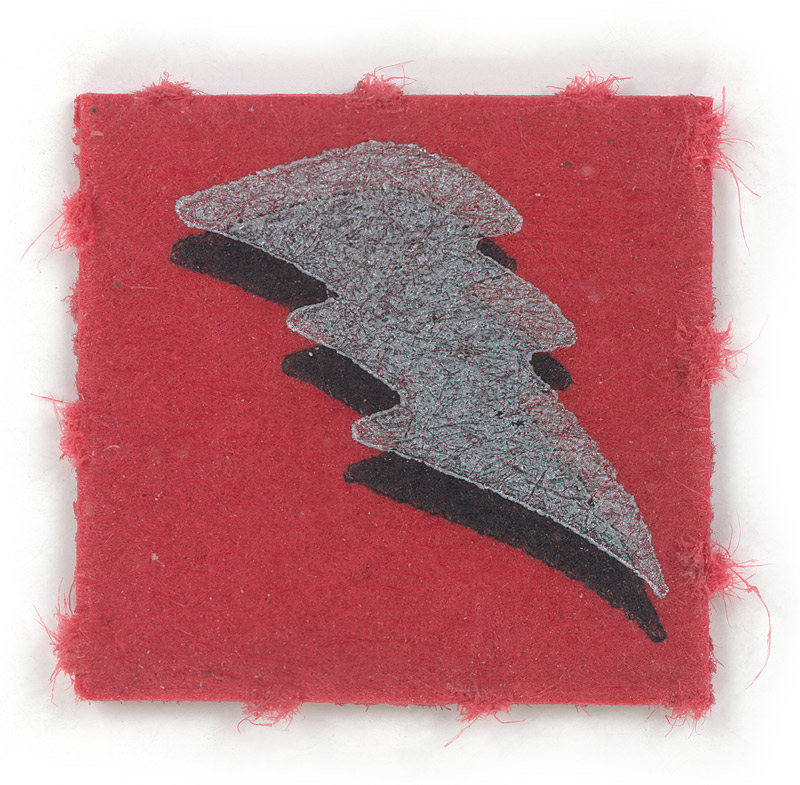[Most Recent Entries] [Calendar View]
Monday, August 16th, 2021
| Time | Event |
| 8:00a | The Sound of Subways Around the World: A Global Collection of Subway Door Closing Announcements, Beeps & Chimes
Thus begins Brooklyn saxophone-percussion trio Moon Hooch’s “Number 9.” Anyone who’s taken the train into the city from Bushwick or Williamsburg two or three times, you should be able to chant along with no trouble. “Mind the gap!” is a sentimental favorite of both native Londoners and first time visitors navigating The Tube with freshly purchased Oyster Cards. Residents of Montreal are justly proud that their Metro’s closing doors signal is a near twin of Aaron Copland’s “Fanfare for the Common Man.” Civil engineer Ted Green has been documenting the mass transit sounds that cue passengers that the subway doors are about to close since 2004, when he logged 26 seconds on the Piccadilly Line in London’s Russell Square Station:
Over the course of a decade, the project has expanded to encompass announcements on suburban rail, railways, trams, and light rail. His travels have taken him to Asia, Australia, Europe, and North America, where curiosity compels him to document what happens during “dwell time,” the brief period when a train is disgorging some riders and taking on others. Whether the canned recording is verbal or non-verbal, the intent is to keep things moving smoothly, and prevent injuries, though passengers can become blasé, attempting to force their way on or off by thrusting a limb between closing doors at the absolute last minute. Green’s incredibly popular video compilations aren’t nearly so harrowing. As he told The New York Times‘ Sophie Haigney and Denise Lu:
The pandemic only increased his audience, as locked down commuters found themselves longing for the soundtrack of normal life. It’s the same impulse that led software developer Evan Lewis to make an app of New York City subway sounds. For those who want to bone up on their lines, information designer Ilya Birman, author of Designing Transit Maps, has scripted lists of London Underground and New York City subway announcements. And Brooklyn-based Metropolitan Transit Authority worker Fred Argoff’s zine Watch the Closing Doors ushered civilians behind the scenes, sometimes exploring other cities’ subway systems or, in the case of Cincinnati, lack thereof. Readers, do you have a fondness for a particular underground sound? Tell us what and why in the comments. Related Content: Designer Massimo Vignelli Revisits and Defends His Iconic 1972 New York City Subway Map Ayun Halliday is an author, illustrator, theater maker and Chief Primatologist of the East Village Inky zine. Follow her @AyunHalliday The Sound of Subways Around the World: A Global Collection of Subway Door Closing Announcements, Beeps & Chimes is a post from: Open Culture. Follow us on Facebook and Twitter, or get our Daily Email. And don't miss our big collections of Free Online Courses, Free Online Movies, Free eBooks, Free Audio Books, Free Foreign Language Lessons, and MOOCs. |
| 2:00p | Take a Trip to the LSD Museum, the Largest Collection of “Blotter Art” in the World When Ken Kesey and his Merry Pranksters kicked off Haight-Ashbury’s counterculture in the 1960s, LSD was the key ingredient in their potent mix of drugs, the Hell’s Angels, the Beat poets, and their local band The Warlocks (soon to become The Grateful Dead). Kesey administered the drug in “Acid Tests” to find out who could handle it (and who couldn’t) after he stole the substance from Army doctors, who themselves administered it as part of the CIA’s MKUltra experiments. Not long afterward, Grateful Dead soundman Owsley “Bear” Stanley synthesized “the purest form of LSD ever to hit the street,” writes Rolling Stone, and became the country’s biggest supplier, the “king of acid.” Whatever uses it might have had in psychiatric settings — and there were many known at the time — LSD was made illegal in 1968 by the U.S. government, repressing what the government had itself helped bring into being. But it has since returned with newfound respectability. “Once dismissed as the dangerous dalliances of the counterculture,” writes Nature, psychedelic drugs are “gaining mainstream acceptance” in clinical treatment. Psilocybin, MDMA, and LSD “have been steadily making their way back into the lab,” notes Scientific American. “Scientists are rediscovering what many see as the substances’ astonishing therapeutic potential.”
None of this comes as news to San Francisco fixture Mark McCloud. “In the same moralistic manner many San Franciscans pontificate on the health benefits of marijuana,” writes Gregory Thomas at Mission Local, “McCloud and his friends tout the merits of acid.” Next to curing “anxiety, depression and ‘marital problems,’” it is also an important source of folk art, says McCloud, the owner and sole proprietor of the informally-named “LSD Museum” housed in his three-story Victorian home in San Francisco. His mission in creating and maintaining the museum formally called the Institute of Illegal Images, he says, is to “preserve a ‘skeletal’ remnant of San Francisco’s drug-induced 1960s legacy, ‘so maybe our children can better understand us.’” Specifically, as Culture Trip explains, McCloud preserves the art on sheets of blotter acid. As is clear from the many pop cultural references on blotter art — like Beavis and Butthead and techno artist Plastikman (who named his debut album Sheet One) — the 60s blotter acid legacy extended far beyond its founders’ vision in underground scenes throughout the 70s, 80s, 90s, and oughts.
McCloud has faced intense scrutiny from the FBI, and on a couple of occasions — in 1992 and again in 2001 — arrest and trial by “not very sympathetic” juries, who nonetheless acquitted him both times. Despite the fact that he has a larger collection of blotter acid sheets than the DEA, he and his museum have withstood prosecution and attempts to shut them down, since all the sheets in his possession have either never been dipped in LSD or have become chemically inactive over time. (The museum’s website explains the origins of “blotter” paper as a means of preparing LSD doses after the drug was criminalized in California in 1966.)
“What fascinates me about blotter is what fascinates me about all art. It changes your mind,” says McCloud in the Wired video at the top of the post. None of his museum’s artwork will change your mind in quite the way it was intended, but the mere association with hallucinogenic experiences is enough to inspire the artists “to build the myriad of subject matter appearing on the blotters,” Atlas Obscura writes, “ranging from the spiritual (Hindu gods, lotus flowers) to whimsical (cartoon characters), as well as cultural commentary (Gorbachev) and the just plain demented (Ozzy Osbourne).”
The museum does not keep regular hours and was only open by appointment before COVID-19. These days, it’s probably best to make a virtual visit at blotterbarn.com, where you’ll find dozens of images of acid blotter paper like those above and learn much more about the history and culture of LSD during long years of prohibition — a condition that seems poised to finally end as governments give up the wasteful, punishing War on Drugs and allow scientists and psychonauts to study and explore altered states of consciousness again.
Related Content: Josh Jones is a writer and musician based in Durham, NC. Follow him at @jdmagness Take a Trip to the LSD Museum, the Largest Collection of “Blotter Art” in the World is a post from: Open Culture. Follow us on Facebook and Twitter, or get our Daily Email. And don't miss our big collections of Free Online Courses, Free Online Movies, Free eBooks, Free Audio Books, Free Foreign Language Lessons, and MOOCs. |
| 7:00p | Pompeii Rebuilt: A Tour of the Ancient City Before It Was Entombed by Mount Vesuvius We can’t regard the ruins of Pompeii, however unusually well-preserved they are, without trying to imagine what the place looked like before 79 AD. It was in that year, of course, that Mount Vesuvius erupted, entombing the ancient Roman city in ash and pumice. The exhumed Pompeii has taught modern humanity a great deal about first-century urban planning as practiced by the Roman Empire. But it’s one thing to walk the paths Pompeiians walked, and quite another to see the built environment that they must have seen. The latter experience is available in the eighteen-minute video above, which uses computer graphics to create a tour of a rebuilt Pompeii. This production, in fact, provides views of Pompeii that Pompeiians themselves could never have seen, including drone-like flights along its streets and around its famous structures like the Temple of Apollo, the Basilica, and the Forum. But even more than its grand public buildings, the city’s private dwellings — many of them grand in their own way — have influenced the way we’ve built in recent centuries. “With their unmistakable style, they have inspired architects of all times,” says the video’s narrator. Even as urbanization reduced the size of Pompeiian houses, they gained “richness in decorations,” reflecting the sensibility of the local culture. “Temples, basilicas, spas, houses, and a refined, high-level lifestyle make Pompeii one of the most famous cities of the Roman Empire of the first century,” says the narrator. “All of this, however, is about to end abruptly.” We all know what happened next, but the extent of the destruction wrought by Mount Vesuvius takes a vivid form in the video just above, which compares its own CGI reconstructions of these same buildings to the ruins of today. In its time, Pompeii’s refinement made it a well-known city, and something of a showcase of Roman civilization. But nearly two millennia after its destruction, it has become much more famous as a symbol of civilization itself: its surprising continuity, but also its deceptive fragility. Related Content: Watch the Destruction of Pompeii by Mount Vesuvius, Re-Created with Computer Animation (79 AD) See the Expansive Ruins of Pompeii Like You’ve Never Seen Them Before: Through the Eyes of a Drone Archaeologists Discover an Ancient Roman Snack Bar in the Ruins of Pompeii Based in Seoul, Colin Marshall writes and broadcasts on cities, language, and culture. His projects include the Substack newsletter Books on Cities, the book The Stateless City: a Walk through 21st-Century Los Angeles and the video series The City in Cinema. Follow him on Twitter at @colinmarshall or on Facebook. Pompeii Rebuilt: A Tour of the Ancient City Before It Was Entombed by Mount Vesuvius is a post from: Open Culture. Follow us on Facebook and Twitter, or get our Daily Email. And don't miss our big collections of Free Online Courses, Free Online Movies, Free eBooks, Free Audio Books, Free Foreign Language Lessons, and MOOCs. |
| << Previous Day |
2021/08/16 [Calendar] |
Next Day >> |




